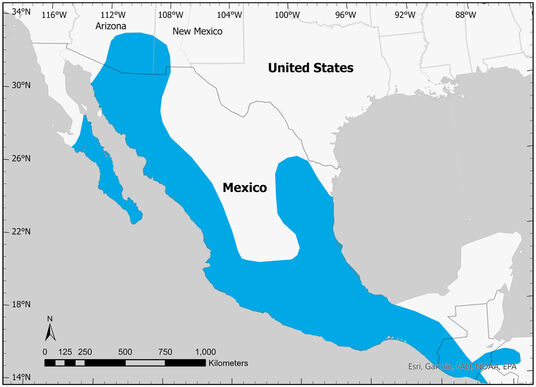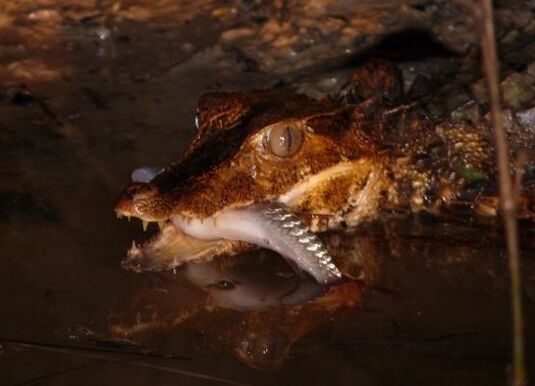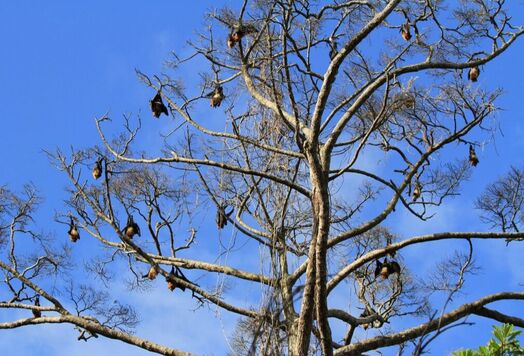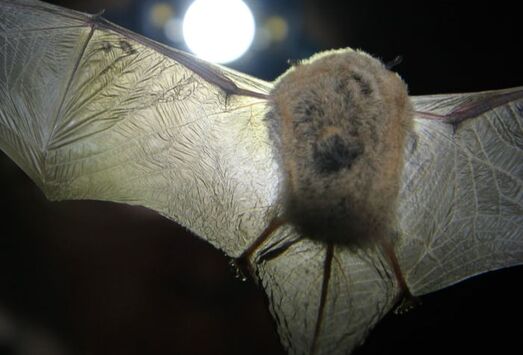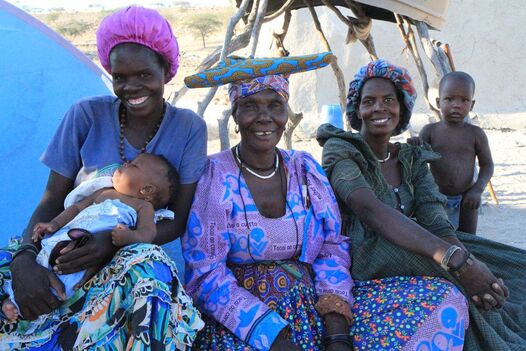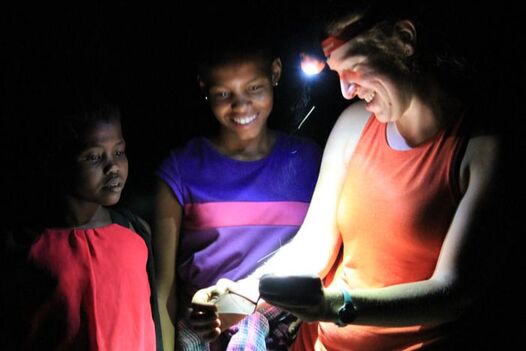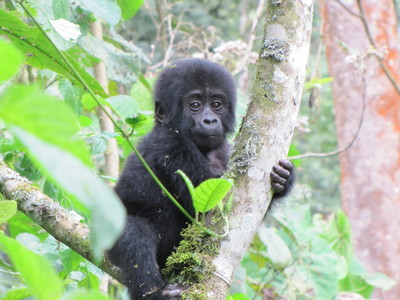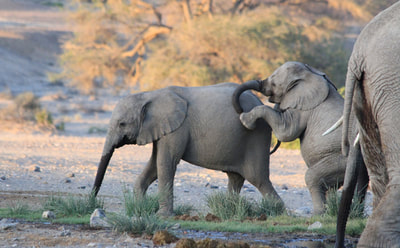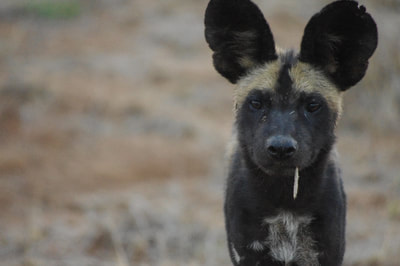I research wildlife populations and communities in complicated environments using carefully designed field studies. I am motivated by applied research questions, though my research findings often have broad theoretical implications. My work has mainly focused on mammals and occasionally birds and reptiles to date. The central themes of my research can be described as:
Understanding species distributionsI am interested in explaining why we find populations where we do. My research has focused on abiotic (non-living) and biotic (living) factors that influence species distributions in relatively untouched landscapes, including factors such as water quality and the activity of sympatric ecosystem engineers or local food availability. In areas where species coexist with larger densities of humans and livestock, I also assess social factors that may affect species distributions and conservation (see “Evaluating the social dimensions of wildlife conservation”).
|
Determining food web relationshipsProper nutrition is necessary for growth, survival, reproduction, and immunity to disease. Much of my community ecology work has focused on dietary niche overlap and differentiation. I am interested in how diets differ between species and also how they vary at the population- and individual-level, and the associated effects on wildlife management and conservation. I am currently exploring how diet may relate to pathogen loads and immunity in bats, and associated risks of zoonotic spillover events.
|
Assessing population viability and conservation needsExtinction risk assessment is an important tool that informs and catalyzes action for biodiversity conservation and policy change. Using demographic (age at first reproduction, litter size, interbirth interval) and age-frequency data, I analyze population viability and trajectories using derivations from stage-structured Lefkovitch matrices. These results can allow for a more quantitative comparison and prioritization of management needs.
|
Addressing gaps in natural historyMany aspects of basic biology remain unknown for less charismatic or nocturnal species. My research on understudied bat communities, including documenting ectoparasite communities, reproductive periods, and activity patterns for bats of the northern Namib and Chihuahuan deserts, aims to address some of these important gaps in natural history to increase our understanding of the ecology and behaviors of these species.
|
Evaluating the social dimensions of
|
Supporting diversity, equity, and inclusion
|
